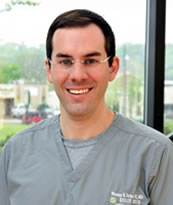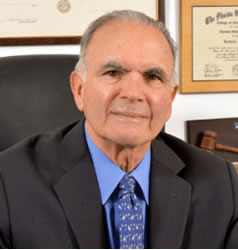With the current boom in noninvasive and minimally invasive cosmetic procedures, many practitioners are learning to use dermal fillers. Novice practitioners will commonly focus more on the lines or "simple-appearing" problem areas in which the patient desires improvement. This common mistake can lead to a lessthan- desirable result and unhappy patient if the "problem" isn't properly addressed.
In this article, I will discuss the following three issues:
1) How to determine the "problem behind the problem" (namely, the true cause of the problem the patient wants improved) by assessing facial anatomy and anatomical proportions;
2) How to use this information in your attempt to revolumize the face; and,
3) How to incorporate fillers when you plan a cosmetic laser procedure.
Determine the Problem Behind the Problem
This is the first and most important step in a dermal filler procedure. For example, a patient may complain of heavy nasolabial folds, and the novice practitioner may only inject that area. In this situation, the practitioner might not see that the problem is actually an age-related fall of the cheeks in an anteromedial direction-the patient has begun to lose the upside-down triangle of youth. Patients in their 20s and 30s usually have high voluminous cheeks that peek just inferolateral to the lateral canthal folds. As one ages, one typically loses cheek height and volume. The face will also lose bone density, which will in turn affect the appearance of the cheek.
With age, a patient's upsidedown and proportional triangle of the cheeks to the chin will start to square off. This can lead to a heavy mid- to lower face that eventually will be beyond correction without invasive surgery.
Therefore, in this example, the cheeks (and likely the tear trough and temple) need to be augmented with filler before even injecting the nasolabial folds. This will lift the cheek and somewhat take the heavy pressure off of the nasolabial fold. Less filler is usually required in the nasolabial folds with this technique. If you inject only the nasolabial fold, undercorrection often occurs because the cheek is still "heavy."
Become familiar with the Phi proportions of the face. Although detailed information about Phi proportions is beyond the scope of this article, these measurable proportions will allow you to determine the cause of problems, as well as where certain parts of the face need to be augmented to give it a more youthful look.
Obviously, another very important part of a filler procedure is to set reasonable expectations for your patient. If someone comes for a consult in my office and gives me the "surgery sign" by using their hands to pull their face back toward their ears, they may not be a good candidate for dermal fillers or even cosmetic laser procedures. I commonly turn down patients for dermal fillers because what they really want is a surgical result.
Regardless of the chief complaint or requested procedure, my patients receive a full consult discussing injectables, laser procedures, and surgery before I perform any treatment. Hence, I very rarely take on a patient who does not obtain the desired result. On the other hand, we all have had that type of patient who is unrealistic and never satisfied no matter what we do.
The Best Measurements
. . .Continue to read rest of article (PDF).
Dr. Seiler is the Executive Director of Education, Development, Accreditation, and Research for the American Board of Laser Surgery. He is also Owner and Medical Director, Seiler Skin
Cosmetic Laser & Aesthetics Center and specializes entirely in cosmetic laser and aesthetic procedures. Dr. Seiler received his Bachelor of Science from the University of Notre Dame and his MD from the University of Arkansas for Medical Sciences. He completed his residency at the Carraway Methodist Medical Center, along with fellowship laser training.
©2014
©Copyright - All Rights Reserved
DO NOT REPRODUCE WITHOUT WRITTEN PERMISSION BY AUTHOR.









